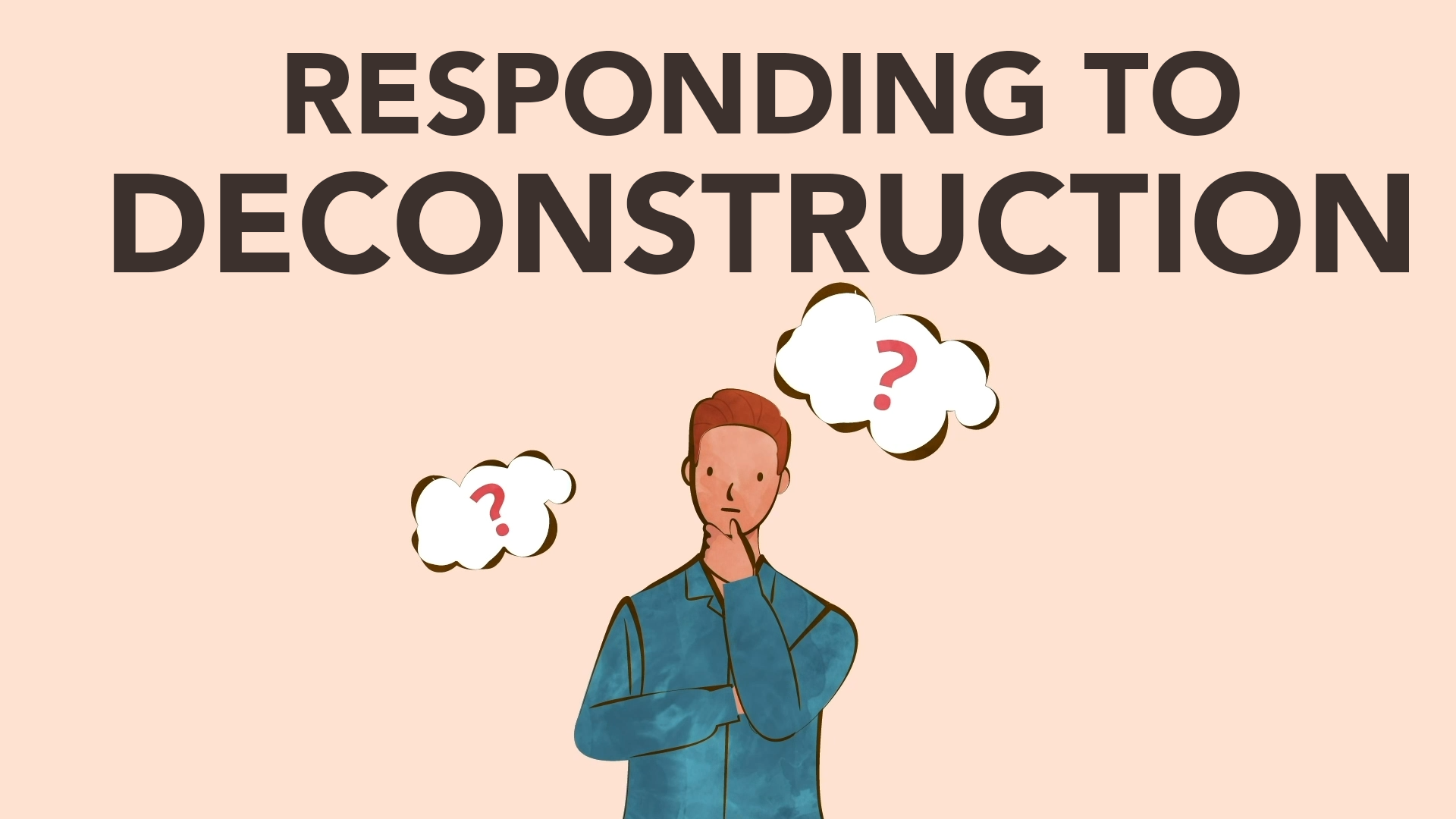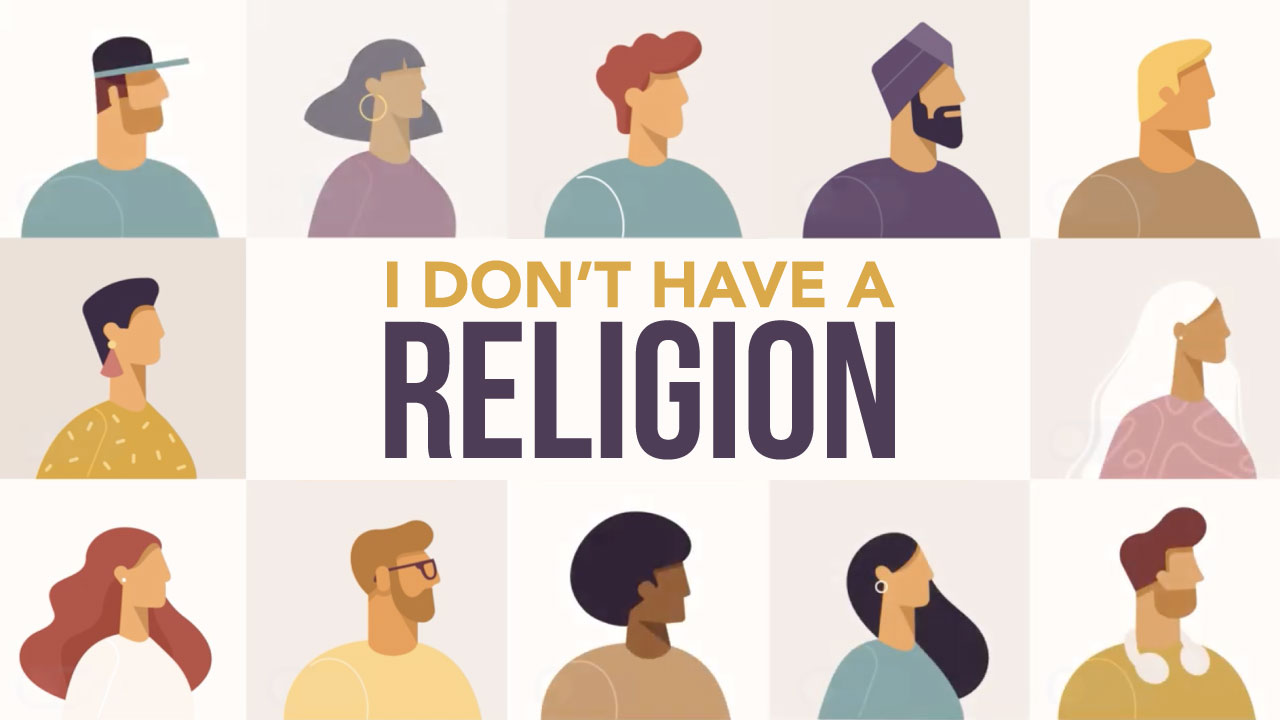The “LGBTQ” acronym is everywhere. This movement that has its own flag, is called a “community,” and claims to be united on important core beliefs. But is that true?
What would you say?
Though we’ve been conditioned to think of “LGBTQ” as a singular movement, the deepest beliefs of those in the transgender community directly conflict with the deepest beliefs of those in the lesbian, gay, and bisexual community. Here’s how…
The “LGBTQ” acronym is everywhere. This movement that has its own flag, is called a “community,” and claims to be united on important core beliefs. But is that true? What would you say?Though we’ve been conditioned to think of “LGBTQ” as a singular movement, the deepest beliefs of those in the transgender community directly conflict with the deepest beliefs of those in the lesbian, gay, and bisexual community. Here’s how... For decades, members of the “L.” “G” and “B” communities have promoted the idea that sexual orientation is a defining and permanent part of a person’s identity. In other words, according to lesbian, gay, and bisexual people, our identities are rooted in our sexual attractions. Do I like men? Do I like women? Do I like Both? But transgender theory says that our core identity is not rooted in who we are attracted to, but in how we feel about ourselves. I am a man. I am a woman. Significantly, members of the “T” community insist that being male or female has nothing to do with our bodies, but only how we feel. If its true that being male or female is a state of mind and not a biological reality, then our gender is invisible. There would be no way to know whether someone is male or female by looking at them. A woman might have a beard. A man might have curves. But if that’s true, sexual orientation doesn’t make sense. After all, how can you be attracted only to women or only to men, if there’s no way to tell the difference between man and women by looking at them? The claims of the “L” and “G” and “B” community are in conflict with the claims of the “T” community. They can’t both be right. But they can both be wrong. Our fundamental identity is not found in our sexual attractions or in our feelings about how masculine or feminine we are. And before any of us embrace the claims of the LGBTQ community, we should take the time to consider exactly what we are agreeing with.

What is Christian 'deconstruction' and how should we respond?
 Read More
Read More



